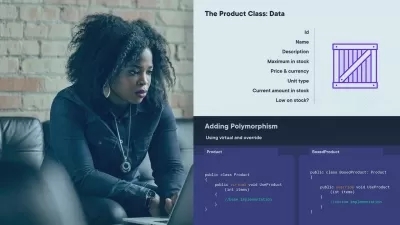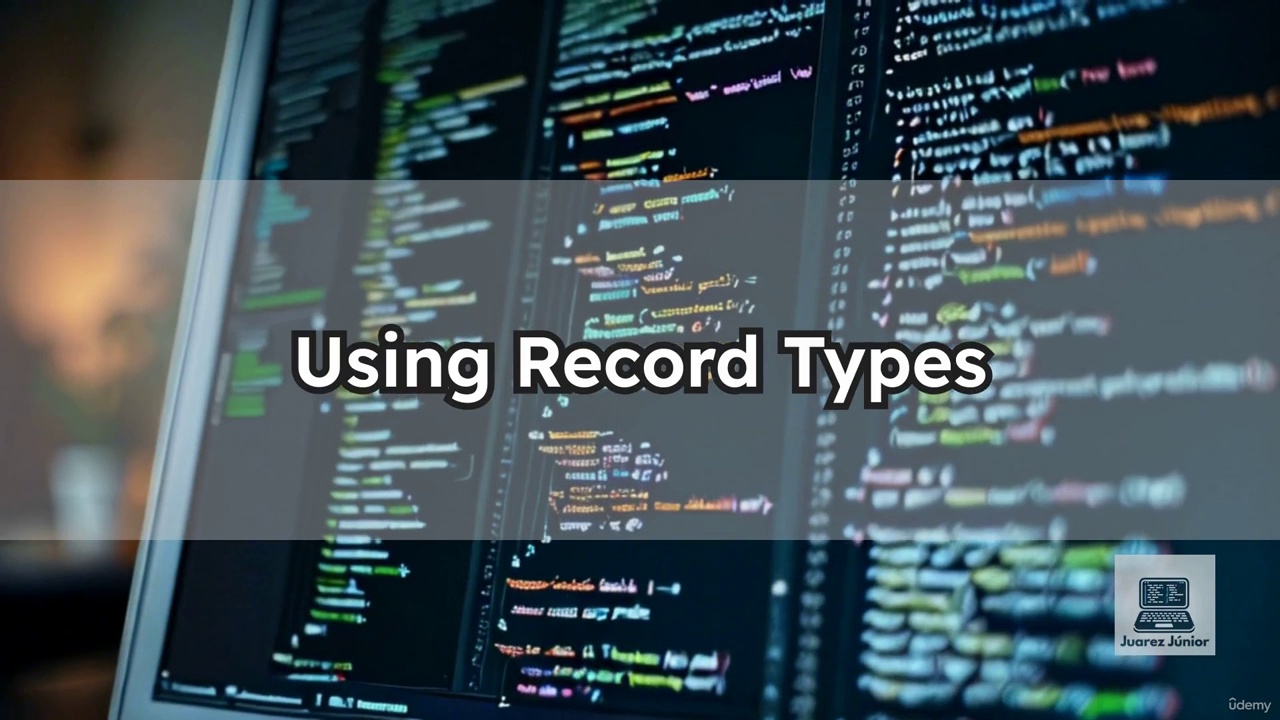Collections and Generics in C# 10
Zoran Horvat
4:43:34
Description
Working with multitudes of objects and using generics requires understanding of programming theory and textbook algorithms. This course will teach you effective use of .NET collections and power of generalization through generic classes and methods.
What You'll Learn?
Processing many objects is usually tied with knowing non-trivial algorithms, as well as with meeting nonfunctional requirements, such as time and space considerations or deferred execution. In this course, Collections and Generics in C# 10, you’ll learn to consume and process many objects with optimal algorithms. First, you’ll explore algorithms on linear and associative collections, such as lists, arrays, dictionaries, etc. Next, you’ll discover how to generalize algorithms by applying advanced generics to your classes and methods. Finally, you’ll learn how to combine existing collections to build your own highly specialized collections that are applicable in business models. When you’re finished with this course, you’ll have the skills and knowledge of algorithms that apply to many objects, needed to develop highly optimized business applications.
More details
User Reviews
Rating
Zoran Horvat
Instructor's Courses
Pluralsight
View courses Pluralsight- language english
- Training sessions 65
- duration 4:43:34
- level average
- English subtitles has
- Release Date 2023/12/14










